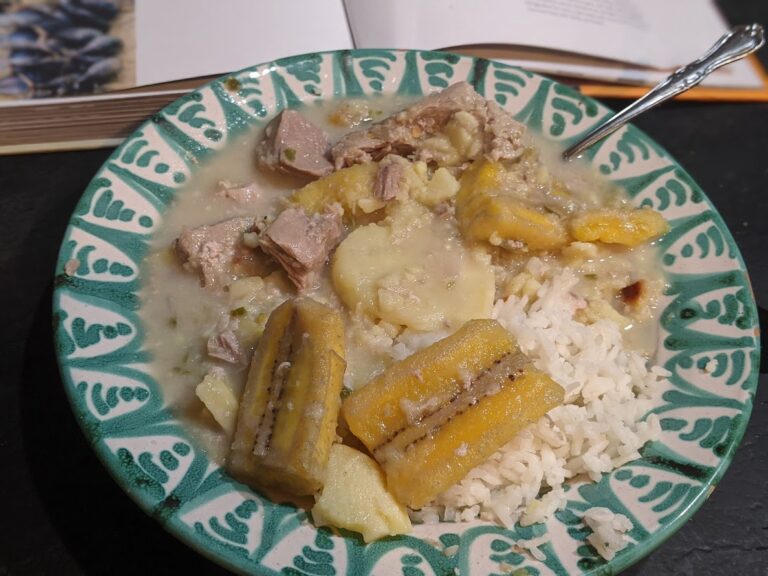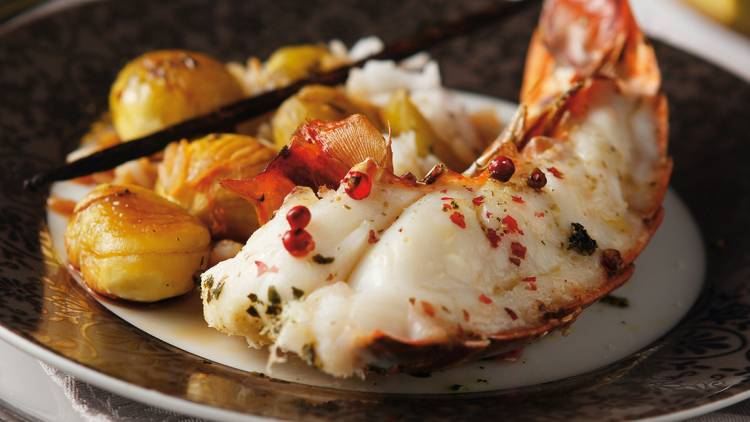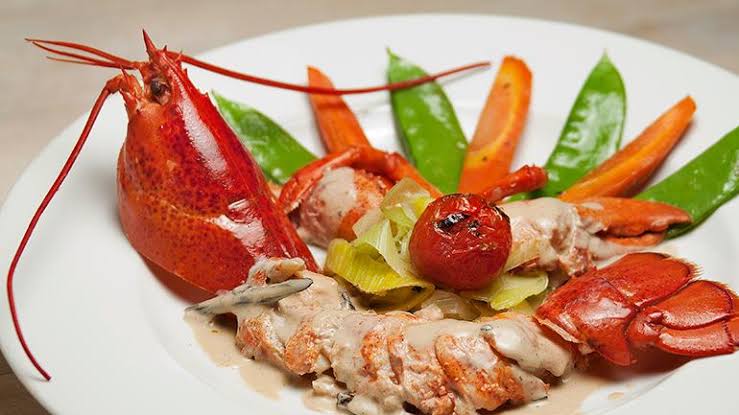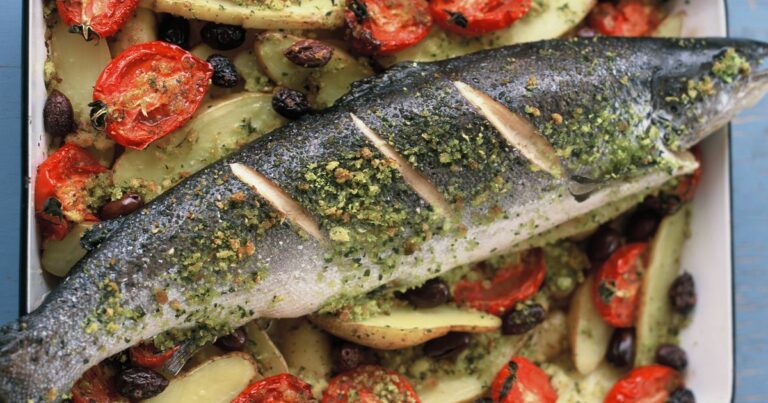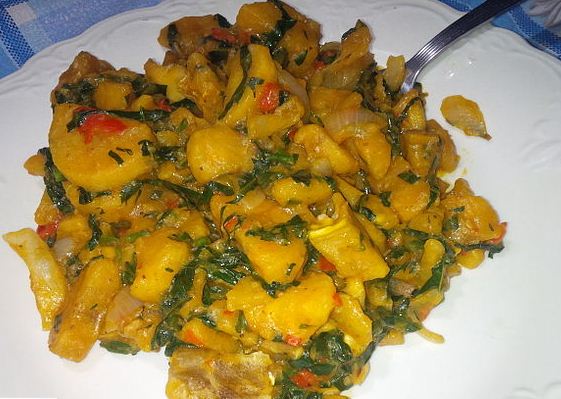Introduction: Comorian Cuisine
Comoros, a small island nation in the Indian Ocean, boasts a unique and diverse cuisine that draws inspiration from its African, Arabic, and French influences. The Comorian cuisine is known for its spicy and flavorful dishes that are prepared using local ingredients like coconut, vanilla, and various seafood. Comorian cuisine is incomplete without the mention of its diverse and scrumptious desserts that are perfect for satisfying sweet cravings.
The Sweet Side of Comorian Gastronomy
Comorian desserts are a blend of traditional and contemporary flavors that reflect the country’s rich cultural heritage. From coconut-based bread to seasonal fruit salads, Comorian desserts are the perfect way to indulge in the region’s flavors and aromas. Some of the most popular Comorian desserts include Mkate wa Bapa, Banana Fritters, Comorian Fruit Salad, Vanilla Ice Cream, and Sambusa.
Traditional Comorian Desserts
Comorian desserts are an essential part of the country’s traditions and are prepared during special occasions and festivals. Mkatte wa Bapa is a traditional Comorian dessert that is made using coconut, rice flour, and sugar. The dessert has a distinct sweet and nutty flavor and is a popular treat among locals and tourists alike. Another traditional dessert is the Comorian fruit salad that is prepared using seasonal fruits like bananas, papayas, and mangoes, and is garnished with fresh mint and lemon zest.
Mkate wa Bapa: The Coconut Bread
Mkatte wa Bapa, also known as the Comorian coconut bread, is a popular dessert that is easy to prepare and is perfect for satisfying sweet cravings. The bread is made using coconut milk, rice flour, and sugar, and has a soft and spongy texture. The dessert is often served with a cup of tea or coffee and is a popular breakfast item.
Banana Fritters: The Sweet Street Food
Banana Fritters, also known as “Mataba,” is a popular street food in the Comorian cuisine that is loved by locals and tourists alike. The dessert is made using ripe bananas, flour, and sugar, and is fried until golden brown. The fritters are served hot and are often accompanied by a sweet and tangy dipping sauce.
Comorian Fruit Salad: A Refreshing Treat
Comorian fruit salad is a refreshing dessert that is perfect for hot summer days. The salad is made using a variety of seasonal fruits like bananas, mangoes, and papayas, and is garnished with fresh mint and lemon zest. The dessert is often served chilled and is a popular treat among locals and tourists.
Vanilla Ice Cream: A Local Delight
Vanilla Ice Cream is a popular dessert in the Comorian cuisine that is made using locally sourced vanilla beans. The ice cream has a rich and creamy texture and is often served with fresh fruits or chocolate sauce. The dessert is perfect for satisfying sweet cravings and is a must-try for all ice cream lovers.
Sambusa: The Sweet and Savory Pastry
Sambusa is a popular pastry in the Comorian cuisine that is often served as a sweet and savory snack. The pastry is made using flour, sugar, and butter and is filled with a mixture of sweet or savory ingredients like coconut, bananas, or meat. The dessert is often served hot and is a popular snack among locals and tourists.
Conclusion: Satisfy Your Sweet Tooth with Comorian Desserts
Comorian desserts are a delicious and unique way to experience the flavors and aromas of the region. From traditional coconut bread to seasonal fruit salads, Comorian desserts are the perfect way to indulge in the country’s rich cultural heritage. Whether you are a fan of sweet or savory treats, the Comorian cuisine has something for everyone. So, satisfy your sweet tooth and try out some of the popular Comorian desserts on your next trip!

